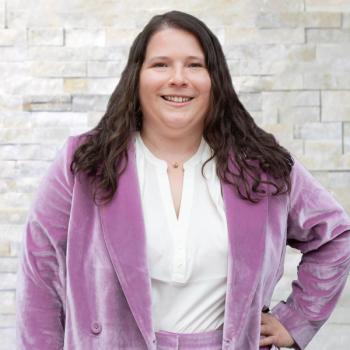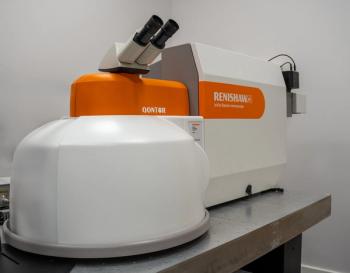
Waters Recognizes the Dr. Ganesh Anand Laboratory at the National University of Singapore as Center of Innovation
Waters recently welcomed Assistant Professor Ganesh Anand's laboratory at the National University of Singapore (NUS, Queenstown, Singapore) into its Centers of Innovation Program, making the center the first of its kind in Asia.
Waters recently welcomed Assistant Professor Ganesh Anand’s laboratory at the National University of Singapore (NUS, Queenstown, Singapore) into its Centers of Innovation Program, making the center the first of its kind in Asia. The designation honors Anand and his colleagues at the Department of Biological Sciences at NUS for research into protein-protein, protein-ligand, and protein-nucleic acid interactions.
Anand, a structural biologist, is one of only a few young experts in the field of amide Hydrogen/Deuterium (H/D) exchange mass spectrometry (MS). He has been working in the field since 1999, and has authored a number of research publications on the topic. To conduct shape morphology experiments on individual proteins, Anand uses MS coupled with H/D exchange MS and ultra high performance liquid chromatography. The tools also are used in Anand’s laboratory to investigate protein-nucleic acid interactions, intrinsically disordered proteins, and the development of small-molecule inhibitors for drug discovery.
“I am grateful for Waters investments in engineering and innovation so scientists like myself can focus on answering the big scientific questions without limitations,” Anand said in a statement. “I like the academic approach taken by their scientists. They take the time to really understand scientific problems and how to address them.”
Anand is one of 13 researchers recognized through the Waters Center of Innovation program. Others include Jeremy Nicholson, Imperial College London; John Engen, Northeastern University, Boston, Massachusetts; James Scrivens, University of Warwick, Coventry, UK; David Cowan, Kings College London; Arthur Moseley, Duke University, Durham, North Carolina; Julie Leary, University of California – Davis; Albert J. Fornace, Jr., Georgetown Lombardi Comprehensive Cancer Center, Washington, D.C.; Marcos Eberlin, University of Campinas, São Paulo, Brazil; Joseph Dalluge, University of Minnesota, Duluth, Minnesota; Chang Hsu, Future Fuels Institute, Tallahassee, Florida; Konstantinos Petritis, Translational Genomics Research Institute, Phoenix, Arizona; and Vladimir Shulaev, University of North Texas Department of Biological Sciences, Denton, Texas.
Newsletter
Get essential updates on the latest spectroscopy technologies, regulatory standards, and best practices—subscribe today to Spectroscopy.



